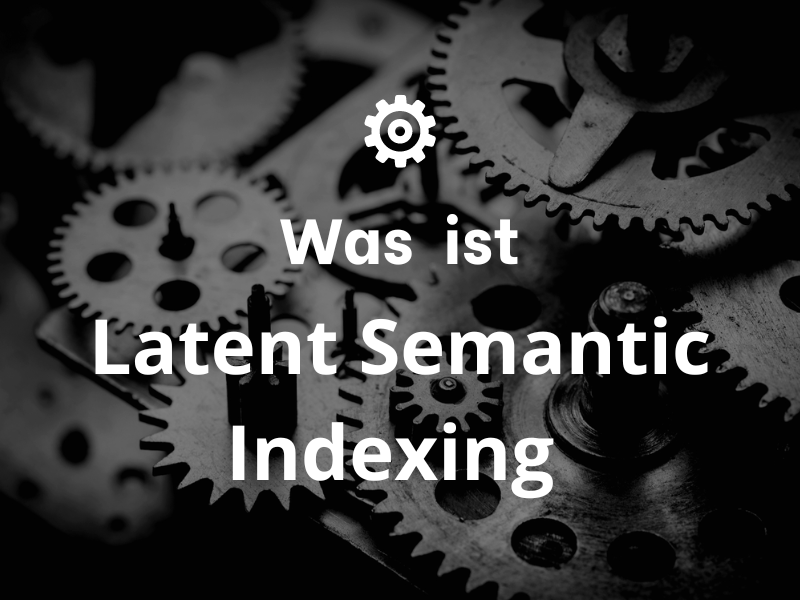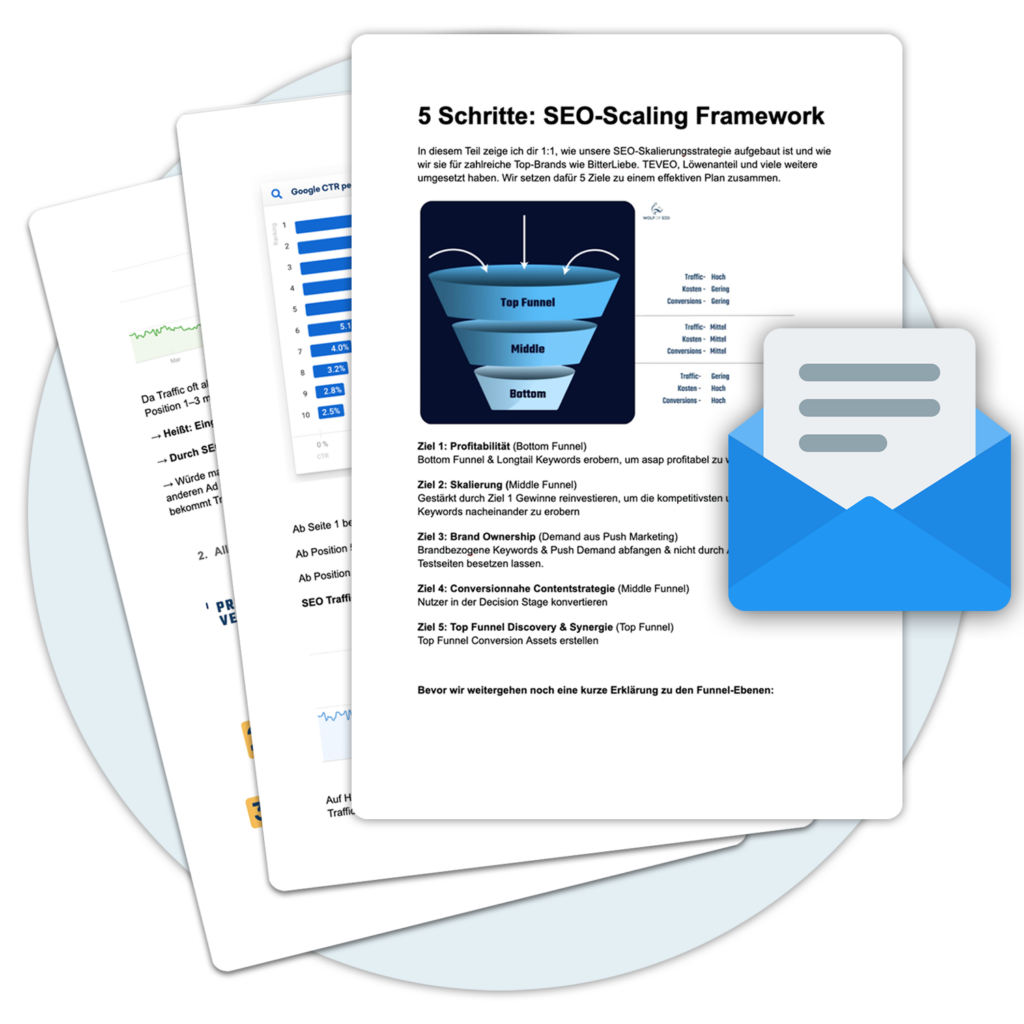Definition
Latent Semantic Indexing (LSI) is a computer language method used in information processing. It uses mathematical algorithms to recognize relationships between terms in a document, database, or collection of documents. It is often used to improve search quality in order to provide relevant results.
Advantages
LSI offers a number of advantages. Since it is a mathematical method, it is able to recognize the thematic relationships in large amounts of data. It can also connect similar terms in different ways, which improves the quality of the Search results improved.
Disadvantages
The biggest disadvantage of LSI is that it takes a lot of time and energy to achieve good search quality. This is because the algorithms have to perform complex calculations. In addition, it is also difficult to maintain the search quality when the databases or documents are updated regularly.
Use cases
LSI can be used in many areas, including information retrieval, document classification, plagiarism detection, and text mining applications. It is also commonly used for applications in the E-commerce, used in advertising and data analysis.
Examples
One of the most common examples of LSI application is the recommendation system of online stores. LSI is used to find similar products that might be relevant to a particular customer. For this purpose, the algorithms use the terms searched by the customer and compare them with similar products in the database.
Another example of the use of LSI is plagiarism detection. The algorithm can help search for similar content in a text and determine if that content is from another author. This is an important feature to ensure that the content is authentic.
Conclusion
Latent Semantic Indexing (LSI) is a powerful method that is used to improve search quality in many areas. It has a wealth of advantages, but also some disadvantages that need to be considered. It is a useful method that can help improve the quality of Search results and improve the authenticity of content.
« Back to Glossary Index







